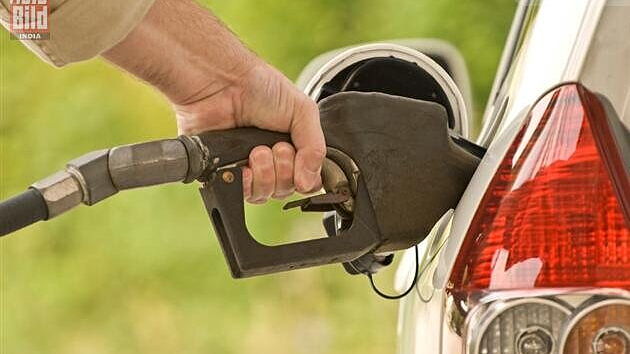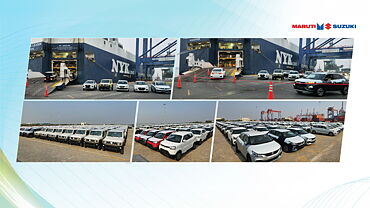
The Rs 7.5 price hike on petrol has resulted in a nationwide uproar against the ruling government. The existing public transport infrastructure has forced people to opt for private transport, especially two wheelers for their cost effectiveness. The petrol price hike has affected the common man as all two wheelers currently sold in the market run on petrol only.As a matter of fact, about 40 percent of the Indian population cannot even make ends meet, forget about owning a motorcycle. In India, only 30 per cent population is directly affected by the economy while the remaining 30 per cent, who can just afford a vehicle are the class that is most hit by this petrol hike.
The car market, which is comparatively smaller to the two-wheeler market, has shifted itself largely towards diesel powered cars as the government is subsidising diesel. Currently, the car market is getting skewed to about 30:70 in new car sales where a maximum 30 percent of cars sold in India are petrol cars. If diesel prices are deregulated, the whole commercial transport will suffer leading to further inflation as the costs would finally be transferred to the people. This would lead to further economic divide where survival of poor will become even more difficult. Though the diesel consumption by passenger vehicles is about 8 percent of the total consumption, this has pushed the demand for diesel even higher thus adding up to the government subsidy bill and budget deficit.
The oil companies along with the government are loosing around Rs 15 per litre of diesel, Rs 33 per litre of kerosene and Rs 479 per cylinder of LPG for domestic consumption. The losses amount to Rs 512 crore everyday. It is not that the government is not trying to contain inflation, but with corruption being present in every area, the government initiatives are rendered useless. About 50 per cent of the fuel price is contributed by individual state taxes like VAT and octroi. With the states not ready to compromise on their incomes, for every rupee increase in petrol price internationally, the price in India goes up by 2 rupees. Not helping the cause is the slide of the Rupee against American dollar due to the dampened market on speculations of the Greece Euro exit. For one rupee slide against he dollar, oil companies loose about Rs 8000 crore annually.
Another problem is the US/UN sanctions against oil import form Iran as they refused to comply with the international nuclear arms rules and regulations. India gets most of its crude supply from Iran and does not have to pay in dollars, which helps the rupee against the dollar. India was going gaga over its oil and gas finds at the Krishna-Godavari basin and Bay of Bengal. Reliance, who won the contract for fossil fuel excavation in the KG basin, has not been able to generate the estimated production and it is not helping India's cause.
The finance ministry is asking the government to take the tough decision of increasing diesel prices by at least 15 per cent. This would result in reducing the petrol-diesel price gap and also reduce burden on the federal exchequer. Also, the demand disparity could be kept in check. This will also result in the rupee growing stronger as the budget deficit would reduce. With the rupee growing stronger, the oil prices in corresponding rupees would reduce, the benefit of which can be given to the Indian people. As a latest development, owing to the stabilised international oil prices and the Rupee gaining its lost ground, the government may reduce petrol price by Rs 2 to 3 by the end of this month.
The diesel price hike will seem disastrous in near future as the inflation numbers will sky-rocket but once it stabilises, it will help the economy strengthen itself in long term.































